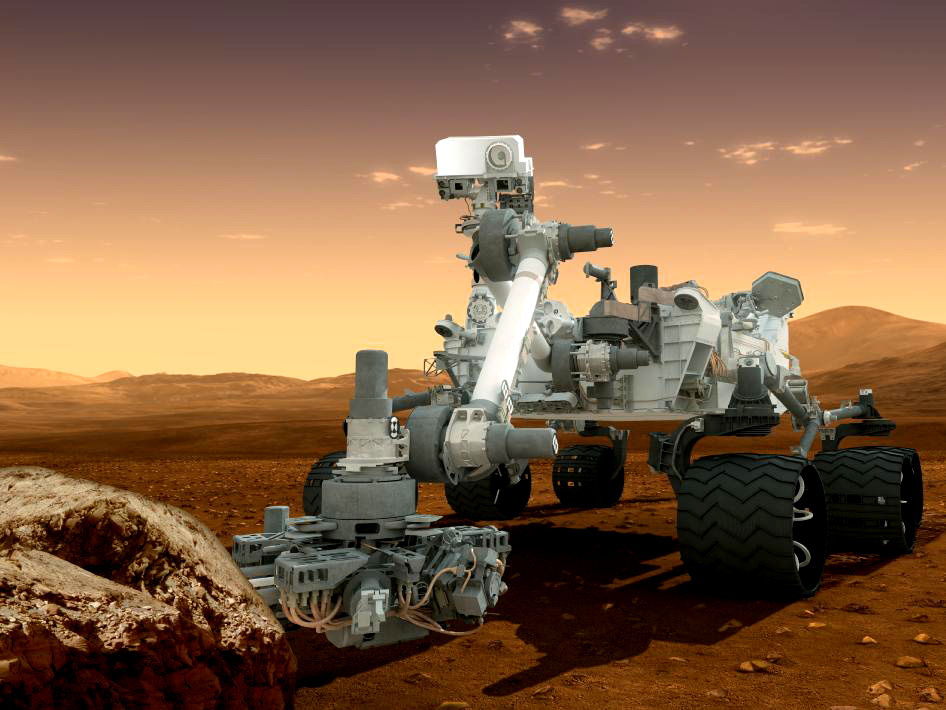Battery use often goes unnoticed, but it has greatly changed the quality of life over the past century. Three men, John B. Goodenough, M. Stanley Whittingham and Akira Yoshino, who helped create and sell lithium-ion batteries won the Nobel Prize in chemistry. They were awarded nine million Swedish krona, equivalent to one million U.S. dollars to be shared equally among them.
Their work goes back to the 1970’s, when Whittingham used the light metal lithium to pack electricity in smaller batteries in comparison to the lead batteries of that time. The material was very conductive but also had the likelihood of exploding.
In 1980, Goodenough decided to reduce the likelihood of an explosion by switching components with more stable ones. He switched out titanium for cobalt-oxide.
The battery’s voltage capacity also went up from two volts to four. These advancements improved the previous model. Finally, Yoshino improved his prototype by attaching lithium to a material called petroleum coke.
The final product was a rechargeable battery that would not explode and last years before a decline in performance.
In 1991, the battery was finally sold commercially by a Japanese company and a new age for electronics began.
The Nobel Prizes come from Alfred Nobel, a Swedish inventor from the 19th century. He left behind an enormous fortune to those involved in his life, and the rest to the state to distribute as an award.
The Nobel Prize are divided into five categories, a prize for chemistry, physics, medicine, literature and peace. The prize is awarded annually and accumulates if there is no winner awarded that year. According to Alfred Nobel’s will, the winner of the award should be someone who helps advance “fellowship among nations.”
In this case, the winners made improvements on one another’s advancement making it a cooperative achievement for all nations.
Lithium-ion batteries are present everywhere: they are in our phones, in solar panels and even Juuls. These batteries are made of lithium, which is remarked as the lightest pure element metal, according to an article by ThoughtCo. The reason these batteries are able to function so well is because lithium’s density is half of water’s.
While this supports the assumption that Lithium would float on water, it would realistically explode or burn on contact. This might seem unsettling to many as water is everywhere and batteries are too, but there are two types of lithium batteries.
The lithium battery that mobile phones and other electronics use are the rechargeable lithium-ion batteries. These batteries are not purely made of lithium and oftentimes will have protective layers around the lithium that is in the hardware. It is very important to have a lithium-ion battery replaced if there are punctures or holes because that is a major hazard.
Nowadays, the lithium-ion batteries have been extensively improved and have impressively reduced in size. Juul is an electronic cigarette company that boomed in popularity because of the sleek design of its battery and transformed its industry. The battery is an important component of the product.
There have been cases of electronic cigarettes exploding upon use which promotes more testing on the devices. This is important for improvements to be made on popular devices like Juuls that have millions of users worldwide.
Over the years, the manufacturing of certified lithium-ion batteries have gone through rigorous testing and experimentation to ensure the safety of consumers.
According to an article by Battery University, a site dedicated to education on batteries states that batteries fail primarily because of two reasons. One way is through a design flaw of the product which has a one in a million chance of occurring.
Another way is through putting the battery under a stressful event, an example would be charging a phone while it is vibrating traumatically or charging under sub-freezing temperatures.
Devices that use unregistered lithium-ion batteries are more likely to combust. A few years ago when hoverboards, the two wheeled handless scooters, were popular, it was discovered they were likely to set fire randomly.
According to Battery University, when the hoverboards were first launched they did not have a certified lithium-ion battery manufacturer, which caused public chaos.
The main issue with devices like these is that they often skip the testing of their products and batteries for quicker production and profit. This is another example of quality over quantity being important.
The typical consumer might not be interested in the evolution of batteries over the years, but it is still important to factor in the reliability of them in popular products. Without the Nobel Prize winners, battery innovations would have not been possible.








